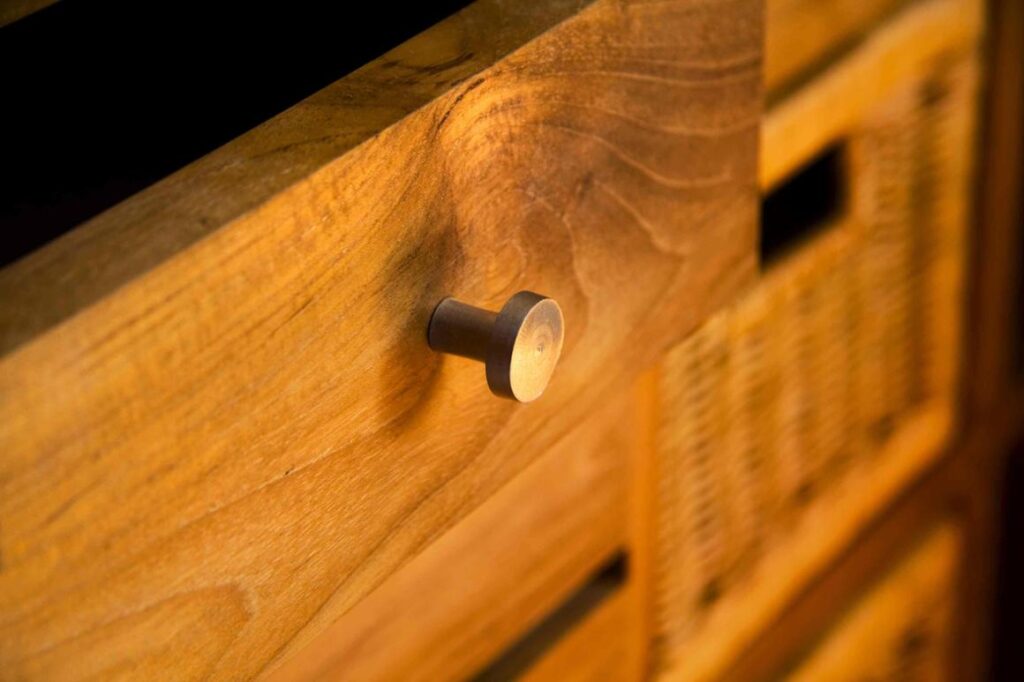
| In 18th-century England, cabinetmakers developed a technique that quietly transformed the quality and reputation of fine furniture: the piston-fit drawer.At a time when most drawers were loose-fitting and prone to sticking, especially in damp conditions, some craftspeople began refining their approach to create drawers that fitted so precisely into the carcass that they slid in and out with only gentle resistance. When properly made, the air pressure created a soft “piston” effect—neither too tight to jam, nor too loose to rattle. This level of precision was achieved entirely by hand, using finely tuned hand planes, precision tool use and an eye for exact detail. There were no metal runners or modern tools to guide the process—just careful measurement, attention to humidity and grain, and repeated adjustments until the movement was smooth and consistent. The result was a drawer that moved cleanly, protected its contents from dust, and celebrated the craftsmanship of the maker. The piston-fit drawer became a mark of quality in fine cabinetry. It was especially valued in writing desks, dressing chests and cabinets, where frequent use demanded both reliability and refinement. This technique didn’t increase production speed—unsurprisingly, it took longer—but it added long-term value to furniture, and demonstrated a development in the understanding of materials and mechanics. Today, the piston-fit drawer lives on in the workshops of traditional cabinetmakers, often as a teaching tool and a signature of craftsmanship. Makers working with hand tools—particularly those trained in British, American, or Japanese fine woodworking traditions—still use the technique in heirloom-quality pieces. In custom commissions, where precision and durability matter more than speed, the piston-fit drawer is appreciated by clients and woodworkers alike as a subtle but meaningful marker of attention to detail and a steadfast commitment to quality. Coming this weekend – Lucy Turner and her Thoroughly Modern Marquetry |
